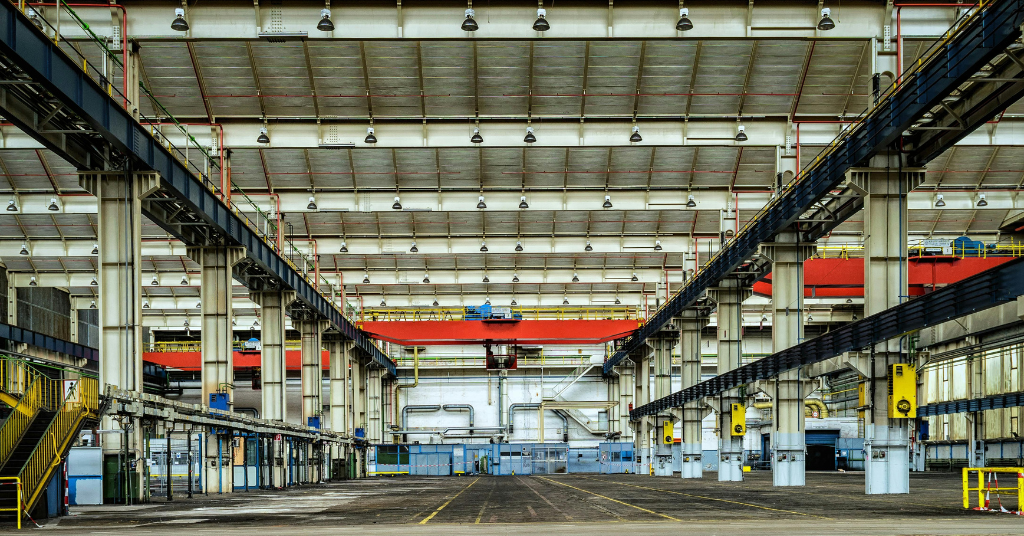Transportation is one of the largest sources of greenhouse gas emissions in the EU, responsible for nearly 30% of total emissions. The Fit for 55 package targets this sector with stringent measures to reduce pollution, encourage electric vehicle (EV) adoption, and support sustainable transportation options. Here’s how these changes will impact the future of transportation in Europe.
Electric vehicle (EV) adoption: Accelerating the shift
The Fit for 55 package sets ambitious targets for reducing emissions from vehicles. Among these measures is a requirement for all new cars sold in the EU to have zero emissions by 2035. This effectively signals the end of internal combustion engine vehicles, pushing manufacturers to ramp up production of electric vehicles and related infrastructure.
To achieve this, the EU is incentivizing both consumers and manufacturers:
- For Consumers: Incentives include subsidies for purchasing EVs, which make them more accessible. Additionally, governments across the EU are installing EV charging stations on highways, in cities, and at workplaces to increase accessibility.
- For Manufacturers: Automakers face stricter emissions limits and are investing heavily in EV technology and production. Some of the EU’s largest automakers have announced plans to transition entirely to EVs by 2035.
Strengthening charging infrastructure
One of the primary obstacles to widespread EV adoption is the lack of a robust charging network. The Fit for 55 package aims to address this by mandating that charging stations be installed every 60 kilometers along major roads by 2025. This will ease the range anxiety many consumers feel about switching to EVs and encourage longer journeys with EVs.
Charging infrastructure expansion also presents an economic opportunity for companies in sectors like construction, electrical engineering, and renewable energy, as well as for local governments involved in planning and maintenance.
Alternative fuels and cleaner public transport
Beyond electrification, the Fit for 55 package promotes the use of alternative fuels, such as hydrogen, particularly in sectors where electrification is challenging, such as aviation and maritime transport. Hydrogen can offer a zero-emission alternative for these industries, though the infrastructure and technology are still in development.
Public transportation systems are also a major focus of the package. Cities are encouraged to modernize fleets by investing in electric buses and other low-emission transport solutions. For instance, EU funding is available for urban areas looking to convert to green public transportation, helping reduce traffic emissions and pollution.
Implications for the automotive industry and supply chain
The transition to sustainable transport has significant implications for the automotive industry. With the push for EVs, car manufacturers and their suppliers must adapt to new production processes, materials, and technologies. Battery production, for example, has become a key focus, with European automakers striving to reduce dependence on foreign suppliers.
The EU has launched several initiatives to support a domestic battery supply chain, which is vital not only for economic independence but also for controlling environmental impacts associated with battery production and disposal. Additionally, the Fit for 55 package requires auto companies to implement recycling programs for EV batteries, ensuring a more sustainable lifecycle for these vehicles.
Challenges and the path forward
The shift to sustainable transportation is not without its challenges. Building a vast EV infrastructure, developing alternative fuels, and converting public transport systems requires significant investment. There is also a pressing need for upskilling workers in the automotive and energy sectors to prepare for a future where EVs and sustainable fuels dominate.
Moreover, the costs associated with these changes can be prohibitive, particularly for lower-income groups. While EV prices are expected to drop over time, subsidies and incentives will be essential to make them accessible to a broader population.
In a nutshell…
The Fit for 55 package is set to revolutionize the European transportation sector, reducing emissions and encouraging sustainable solutions. This transformation, while challenging, promises long-term benefits such as cleaner air, energy independence, and more efficient public transport systems. By investing in infrastructure, innovation, and equitable access, the EU is paving the way for a transportation future that aligns with its climate goals.
Sources and references:
https://cms.uitp.org/wp/wp-content/uploads/2022/01/Fit-for-55_UITP-position-paper-2.pdf
https://www.corporateleadersgroup.com/files/advocacy_toolkit_green_deal_and_fit_for_55_feb_2023.pdf




